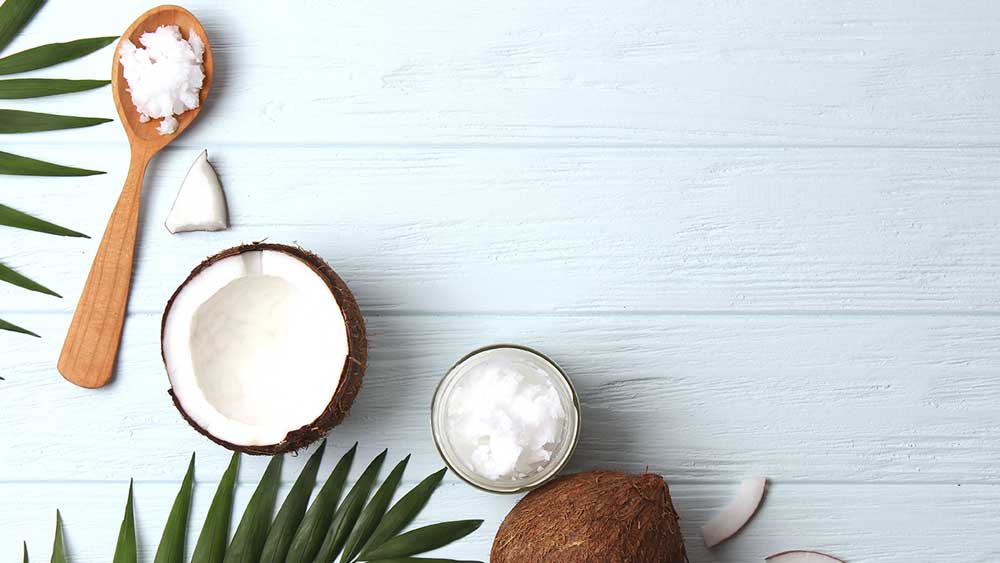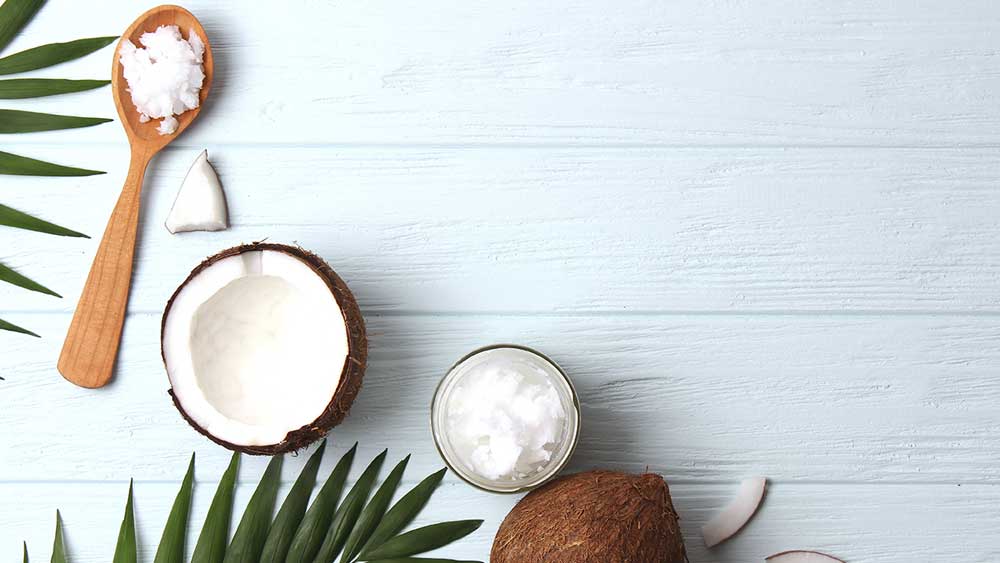
What Is C12-C15 Alcohol Ethoxylate?
- Derived from: coconut
- Pronunciation: (\ˈal-kə-ˌhȯl\ \ˈetho-zī-lāt\)
- Type: Naturally-derived
What Is C12-C15 alcohol ethoxylate?
C12-C15 alcohol ethoxylate is a liquid.[1] It is derived from palm kernel or coconut oil.
What Does C12-C15 alcohol ethoxylate Do in Our products?
C12-C15 alcohol ethoxylate is a surfactant that breaks the surface tension of water, allowing things to become clean. It can be found in laundry detergent, surface cleaners, makeup, and other products.[2]
Why Puracy Uses C12-C15 alcohol ethoxylate
We use plant-derived C12-C15 alcohol ethoxylate as an alternative to ammonia, petroleum distillates and propellants. It has the unique ability to clean a surface and then evaporate without leaving a residue (which is especially helpful when cleaning glass, stainless steel and similar surfaces). Although ethoxylated alcohols may experience 1,4 dioxane contamination as a byproduct of the production process, the EPA considers it safe to consume water with 4 ppm of 1,4 dioxane for one day or 0.4 ppm of 1,4 dioxane for 10 days.[4] A study of workers exposed to 0.006–14.3 ppm 1,4-dioxane for an average of 25 years found no evidence of liver or kidney disease or any other clinical effects, and another study found no differences between observed and expected incidences of cancer among workers at a manufacturing and processing facility.[5] Puracy has signed certifications from our ingredient providers that show no more than 2 ppm of 1,4 dioxane in our most concentrated finished product. We only use these ingredients in cleaners, which are rinsed or wiped away with a cloth rather than applied to the skin.
How C12-C15 alcohol ethoxylate Is Made
Commercial alcohol ethoxylate is a mixture of several homologues of varying carbon chain length and degree of ethoxylation. Homologues that are not ethoxylated are also called aliphatic alcohols or simply fatty alcohols.[3]
Sources
[1] European Chemicals Agency
[2] Human and Environmental Risk Assessment
[3] Sanderson, H. et al., "Occurrence and risk screening of alcohol ethoxylate surfactants in three U.S. river sediments associated with wastewater treatment plants." Science of The Total Environment, Volumes 463–464, 1 October 2013, Pages 600–610
[4] Agency for Toxic Substances and Disease Registry
[5] Agency for Toxic Substances and Disease Registry


























